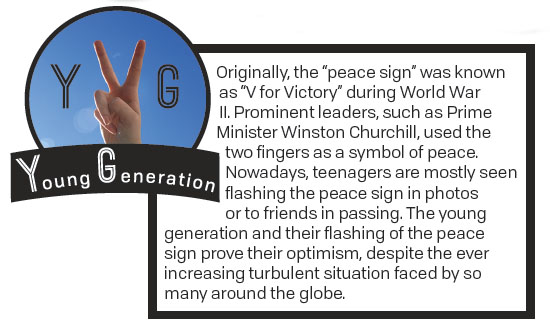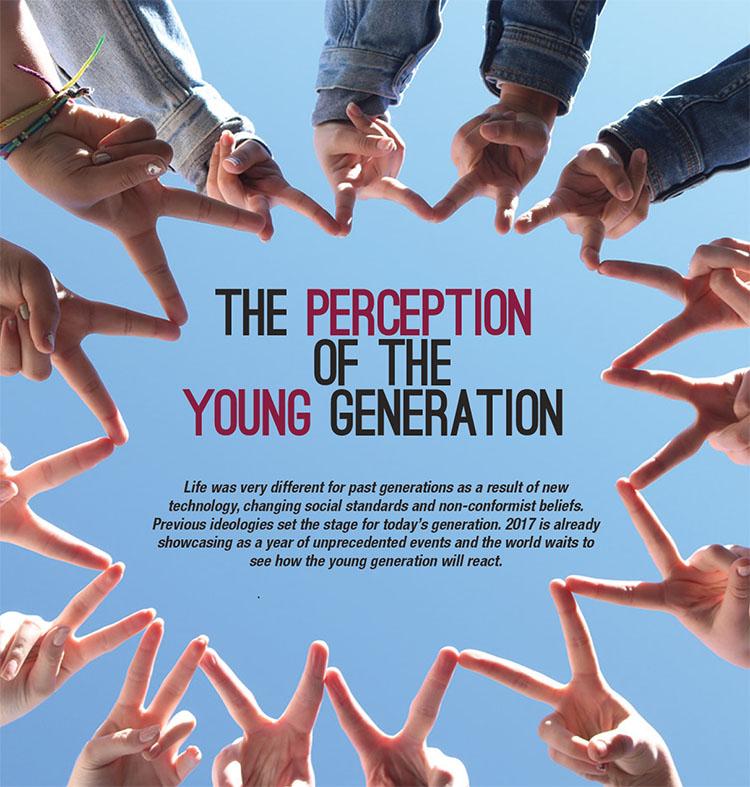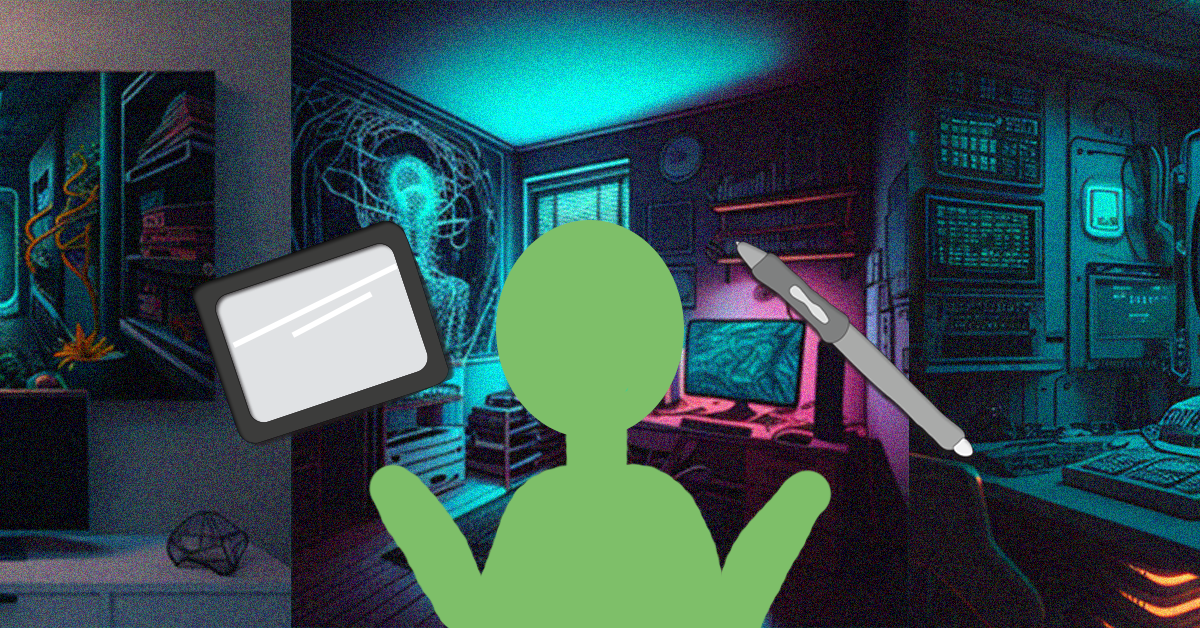 The generation gap between adults and teens is determined by a variety of factors
The generation gap between adults and teens is determined by a variety of factors
‘Back in the day’, a phrase often quoted by older generations, often refers to the good old days, with yesterday’s trends, prices, fashion, and lifestyle. Life was very different back in the day for the generation of yesterday and one needs only to examine history to deduce that fact. With this in mind, the question is posed: just how big is the generational gap between the generations of yesterday and the generation of today, and what does that mean for the teen mind?
To further examine this idea, historians have broken the generations into five groups: the silent generation (pre-1945), the baby boomers (1946-1964), generation X (1965-1976), generation Y– otherwise known as millennials (1977-1995) – and generation Z (post-1996). Each generation has characteristics that distinguish them from the others that can help answer generational questions.
Probably the most controversial generations across American history are the baby boomers and the millennials (with a few years from generation Z). Today, there are 77 million boomers and 83 million millennials in the U.S.—two generations long viewed as ripe for targeting.
The baby boomers of post-World War 2 times were, literally, a huge boom of babies. Some historians have argued that it was a part of a desire for normalcy after 16 years of depression and war. Others have argued that it was a part of a Cold War campaign to fight communism by outnumbering communists, as stated by History.com.
Defining factors of the generation back in its young years emerged as they grew older; some baby boomers began to reject the common consumerist suburban ethos of the time. They fought instead for social, economic and political equality, change and justice for African-Americans, adolescents, women, gays and lesbians, American Indians and Hispanic groups. Student activists flooded college campuses with organized massive demonstrations against the Vietnam war, occasionally using parks and other public places as alternate locations. Baby boomers also played a major role in the wave of uprisings that shook American cities from Newark to Los Angeles in the 1960s, while other baby boomers disregarded political life altogether. These cultural “hippies” distinguished themselves as they grew their hair long, experimented with drugs, and practiced “free love.”, with the help of new birth control pills.
Today, the oldest baby boomers are already in their 60s; by 2030, about one in five Americans will be older than 65, and some experts believe that the aging of the population will place a strain on social welfare systems, cited from Adweek.com.
Millennials, on the flip side, have been characterized in a variety of ways. On the negative side, they are observed as lazy, and often switch from job to job in a short time period in the workforce. Polls show that Millennials “want flexible work schedules, more ‘me time’ on the job, and nearly nonstop feedback and career advice from managers,” according to a story in Time magazine.
One 2012 study found Millennials to be “more civically and politically disengaged, more focused on materialistic values, and less concerned about helping the larger community than were Gen X (born 1962-1981) and Baby Boomers (born 1946 to about 1961) at the same ages,” via research from livescience.com, according to USA Today. The study was founded on an analysis of two large databases of nine million high school seniors or freshmen college students in 2012.
Despite the downsides, millennials have also been described in positive ways. They are generally regarded as being more open-minded, and more supportive of gay rights and equal rights for minorities. Other positive descriptions include confident, self-expressive, liberal, upbeat and receptive to new ideas and ways of living, according to livescience.com.
Statistically, millennials of today have surpassed Baby Boomers as the nation’s largest living generation, according to population estimates released this month by the U.S. Census Bureau. Millennials are currently at 75.4 million, surpassing the 74.9 million Baby Boomers. The Millennial generation continues to grow as young immigrants expand its ranks, according to pewresearch.com. Boomers, being the older of the two, are shrinking in number as the number of deaths among them exceeds the number of older immigrants arriving in the country.
With these statistical and historical differences in mind, how can we approach a generational gap? AP Physics teacher Mark Fairbank does not see a difference between the ages.
“I think we’re not that different. I think kids are kids” said Fairbank, a member of generation X. “I think (the teen) brain and the things you like to do hasn’t changed… There were just as many lazy, unmotivated kids back when I was in high school as there are now.”
The big difference for him lies in the tools we wield: technological advances.
“You have (cellphones) which didn’t exist, you have calculators which didn’t exist, you have tools that we didn’t have” Fairbank said, “We had a TV, a radio, a walk-man… I think the technology has taken over… (the teen) generation gets fixated on technology”
To Fairbank, the cellphone in particular has created the largest change between the generations.
“There was a little more talking person to person… because we didn’t have (cellphones).” Fairbank remarked. “I’ll walk around campus and see kids buried in it, and they’re walking next to a friend, and yet they’re buried in their technology… I know that kids were zoned out in class when I was in high school, they just didn’t turn immediately to (the cell phone). We get so used to picking it up when we’re bored.”
Freshman Morgan Harrington preached the same gospel.
“We grew up with more technology than (the adult generation) did; it doesn’t make us necessarily more social.” Harrington said. “We don’t have the (same) politeness and we’re not as nice to other people.”
It is because of this enormous upsurge in teen culture that Harrington feels this way, as she has observed. “Most of us have gotten so caught up in ‘oh, I have to have the newest technology or the newest iPhone’ that we don’t really talk to other people that when we do, it’s much shorter and ruder… than what it should be” Harrington said.
In her own opinion, one of the main factors feeding into this issue is the way the school system approaches the classroom, updating school functions to meet the newest technological advances of the modern world.
“School now is very technology-oriented… sometimes they’re so focused on being ‘new with the kids’ that they forget that there’s a different way of approaching things.” Harrington stated.
Ultimately, she sees the biggest gap in the way the generations experienced life altogether due to differences in the times.
“We haven’t gone through some of the same things they’ve gone through… We have a different lifestyle than they did then.” Harrington said, noting that technological advances filter into that category. “Now younger and younger kids are getting phones.”
Her advice to the upcoming generation lies in that message as she believes that “we shouldn’t get so caught up in technology that we forget what else is out there.”
According to Fairbank, there’s still hope; the generational pattern hasn’t let down yet.
“I don’t think we were any more in the moment back then than we are now.” Fairbank said.






